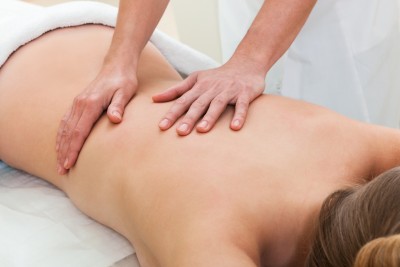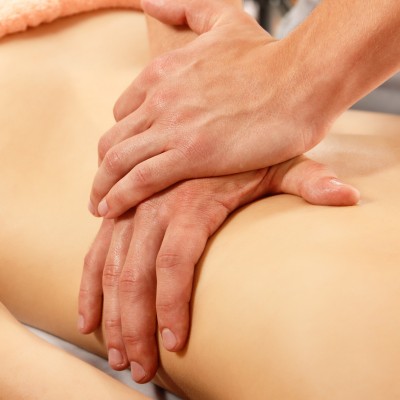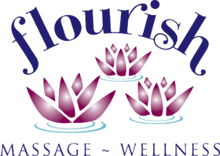Swedish Massage & Deep Tissue
About Swedish Massage & Deep Tissue
SWEDISH MASSAGE is one of the most popular forms of massage and is what most people think of when massage comes to mind. Various techniques including long gliding strokes, applying circular pressure with hands and palms, and firm kneading are used to relax muscles and increase the oxygen levels in the blood. Swedish massage focuses on improving circulation of blood and lymph, which has the effect of cleansing and nourishing the soft tissues of the tendons, ligaments, muscles and skin.
Swedish massage is excellent for reducing pain, increasing flexibility in muscles and joints, and providing an overall sense of relaxation and well-being. Lotion or oil is often used during a Swedish massage to reduce friction.
Swedish massage is typically a full body massage unless there is a specific area you would like to spend more time on. If you are new to massage, have a lot of stress in your life, or just want to relax, Swedish massage is a wonderful introduction to the massage world and a great way to manage stress.
A study conducted by the National Center for Complementary and Alternative Medicine and published in The New York Times found that volunteers who received a 45-minute Swedish massage experienced significant decreases in levels of the stress hormone cortisol, as well as arginine vasopressin, a hormone that can lead to increases in cortisol. Volunteers also had increases in the number of lymphocytes (white blood cells that are part of the immune system) and a boost in the immune cells that may help fight colds and the flu.
Keep yourself relaxed and healthy with a Swedish massage!

DEEP TISSUE MASSAGE is a focused, intensive form of massage. It is used on specific areas of injury to reduce pain, increase circulation and decrease scar tissue. It focuses on joints, injury sites, knots and connective tissues. It is especially helpful for chronically tense and contracted areas such as stiff necks, low back pain, hip tightness and sore shoulders.
Some of the same strokes are used as in Swedish massage, but the movement is slower and the pressure is deeper and concentrated on areas of tension and pain. Deep Tissue techniques are used to break up adhesions which are tight, banded tissues (knots) that cause pain, decrease circulation, limit range of motion and create inflammation.
Deep Tissue massage works by physically breaking down these adhesions to relieve pain and restore normal movement. To do this, the massage therapist often uses direct deep pressure or friction applied across the grain of the muscles.
Deep Tissue massage can produce some pain and discomfort while the therapist is focusing on a specific area. You are encouraged to communicate whether you need less or more pressure based on your comfort level. It is also normal for you to feel sore after your massage, as long held tension in muscles and tissues have been broken down. It is very important to drink an abundant amount of water to flush your system of toxins that have been released and this will also help with potential soreness following your massage.
Deep Tissue can be applied for focused work on certain regions of the body during your session and can be combined with other modalities.

